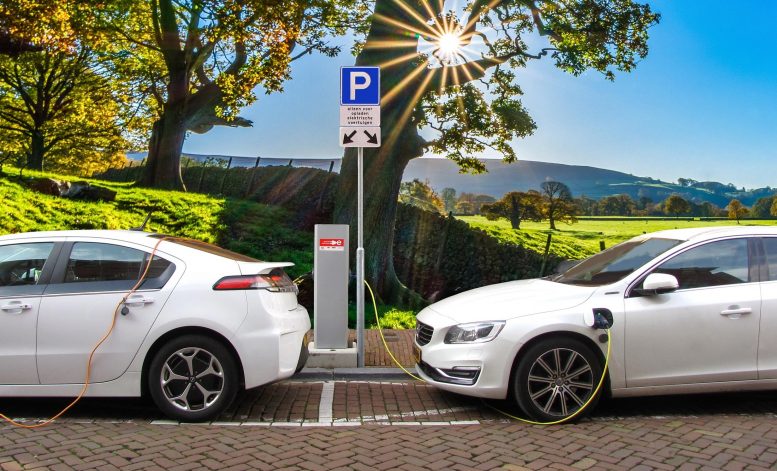Electric Vehicles Are Driven Less Often Than Policymakers Think – 1/2 As Much as Conventional Cars
4 Years, 1 Month, 2 Weeks, 2 Days, 23 Hours, 38 Minutes ago

Research indicates electric vehicles are used half as much as conventional cars.
As the Biden administration pledges to move the country toward electric vehicles (EVs), and states like California work to phase out the sale of new fully gasoline-powered cars, a key question still looms: How much are consumers actually driving them?
Far less than policymakers think, according to new research co-authored by a University of Chicago scholar.
“The takeaway here is not that EVs should never or will never be our future, but rather that policymakers may be underestimating the costs of going fully electric,” said Asst. Prof. Fiona Burlig of the Harris School of Public Policy, whose research focuses on energy, environmental and development economics.
In a new working paper, Burlig and co-authors from UC Davis and UC Berkeley combine billions of hourly electricity meter measurements with address-level EV registration records in California—home to about half of the EVs in the United States.
They find that the arrival of an EV increases household electricity consumption by 2.9 kilowatt-hours per day—less than half the amount assumed by state regulators. Having adjusted for the share of out-of-home charging, the electricity consumed translates to about 5,300 electric vehicle miles traveled (eVMT) per year, roughly half as large as EV driving estimates used by regulators and also half as large as vehicle miles traveled in gasoline-powered cars.
“The takeaway here is not that EVs should never or will never be our future, but rather that policymakers may be underestimating the costs of going fully electric.”
— Asst. Prof. Fiona Burlig
“Regulators have been using unreliable information,” said David Rapson, an associate professor at UC Davis. “They have traditionally extrapolated eVMT from surveys or from a tiny number of dedicated EV meters that are unrepresentative. We used a large sample of households that is representative of EVs in California.”
“There are several potential explanations for why EVs are driven much less than conventional cars, and unpacking these reasons is next on our research agenda,” said James Bushnell, a professor at UC Davis, who also noted that California’s high electricity prices may be a factor. “It is important to understand why EVs are being driven so much less in order to properly weigh the costs and benefits of EV policy and maximize environmental benefits.”
The research also studied different types of EVs and found that Teslas consume almost double the amount of electricity per hour than the others studied. This is likely due to a combination of factors, including Tesla’s higher battery capacity.
“Along with incentivizing people to purchase and drive EVs, policymakers should be investing in the infrastructure needed to ensure that EVs take full advantage of renewable sources of electricity,” said Catherine Wolfram, the Cora Jane Flood Professor of Business Administration at the UC Berkeley Haas School of Business. “Doing so ensures that EVs follow through as a vital pathway for pollution reduction.”